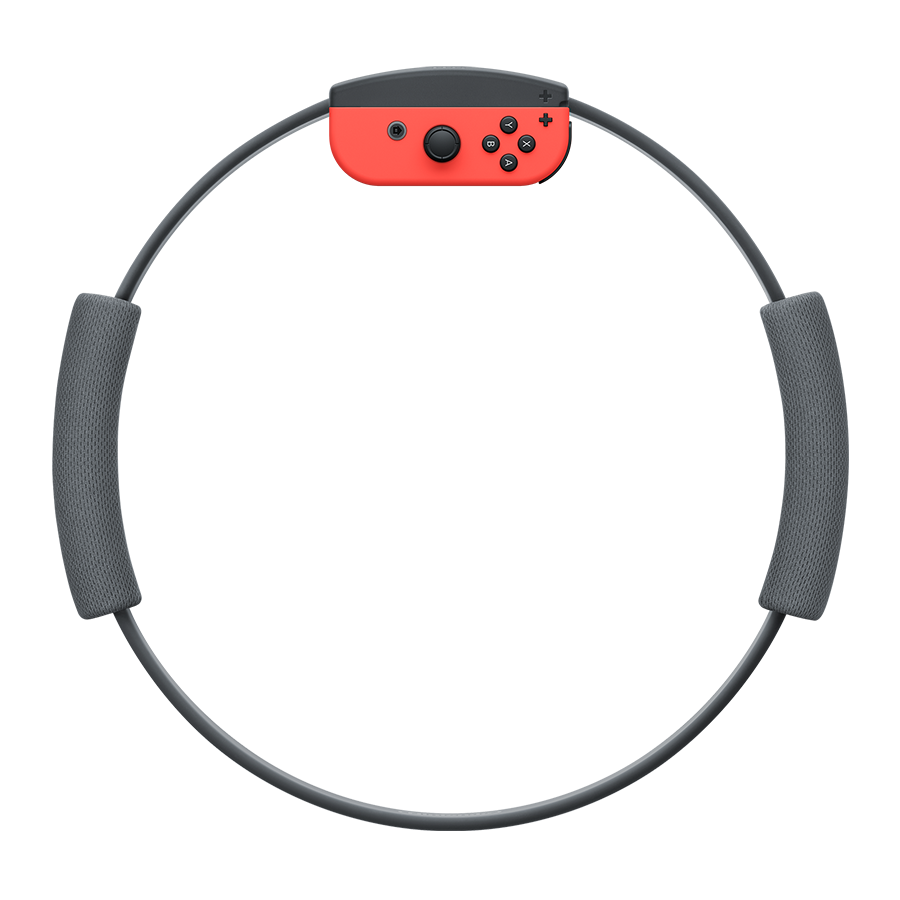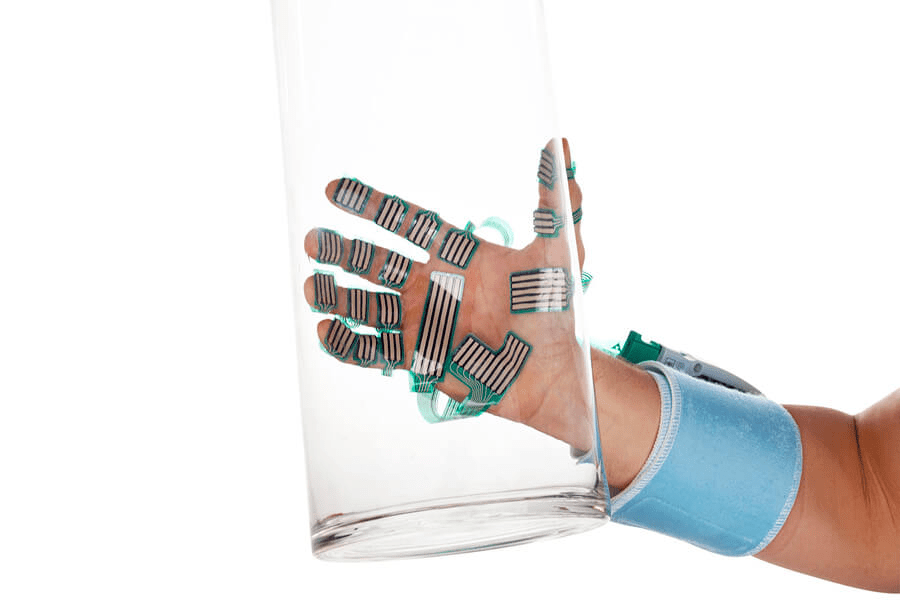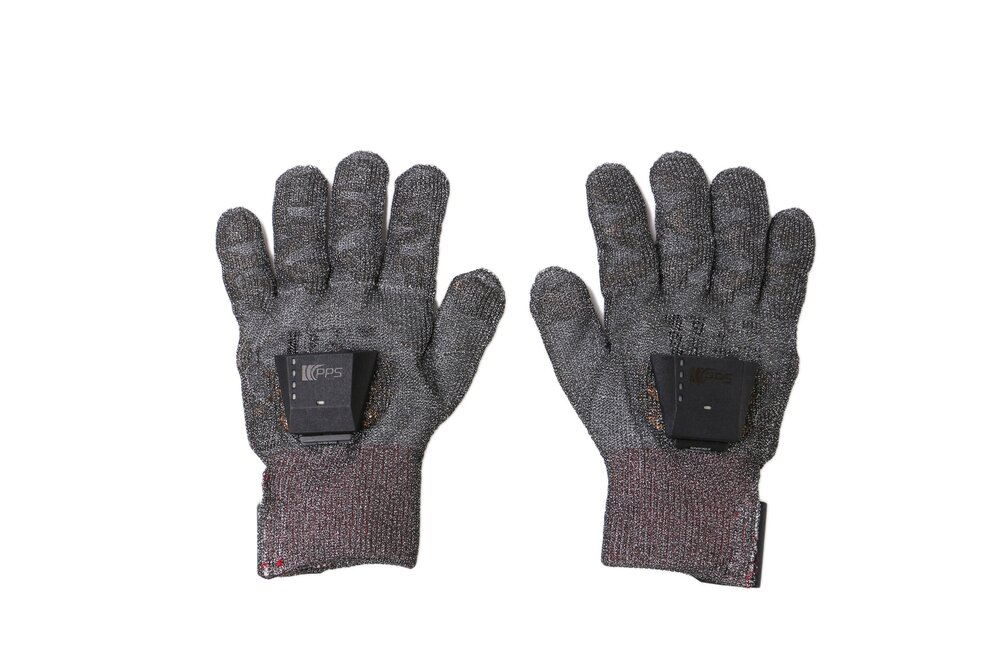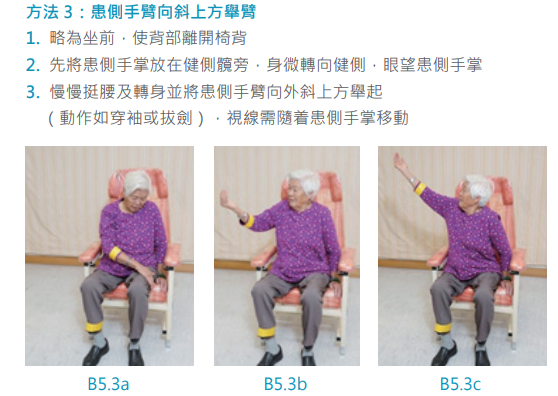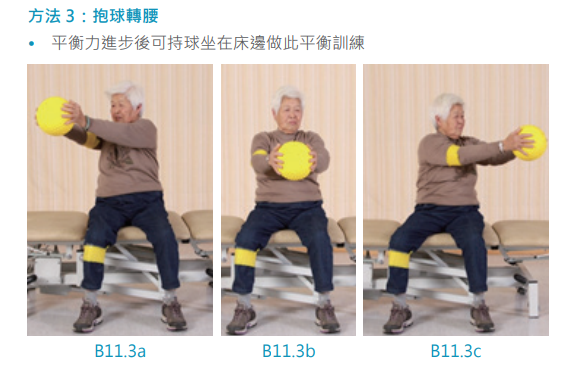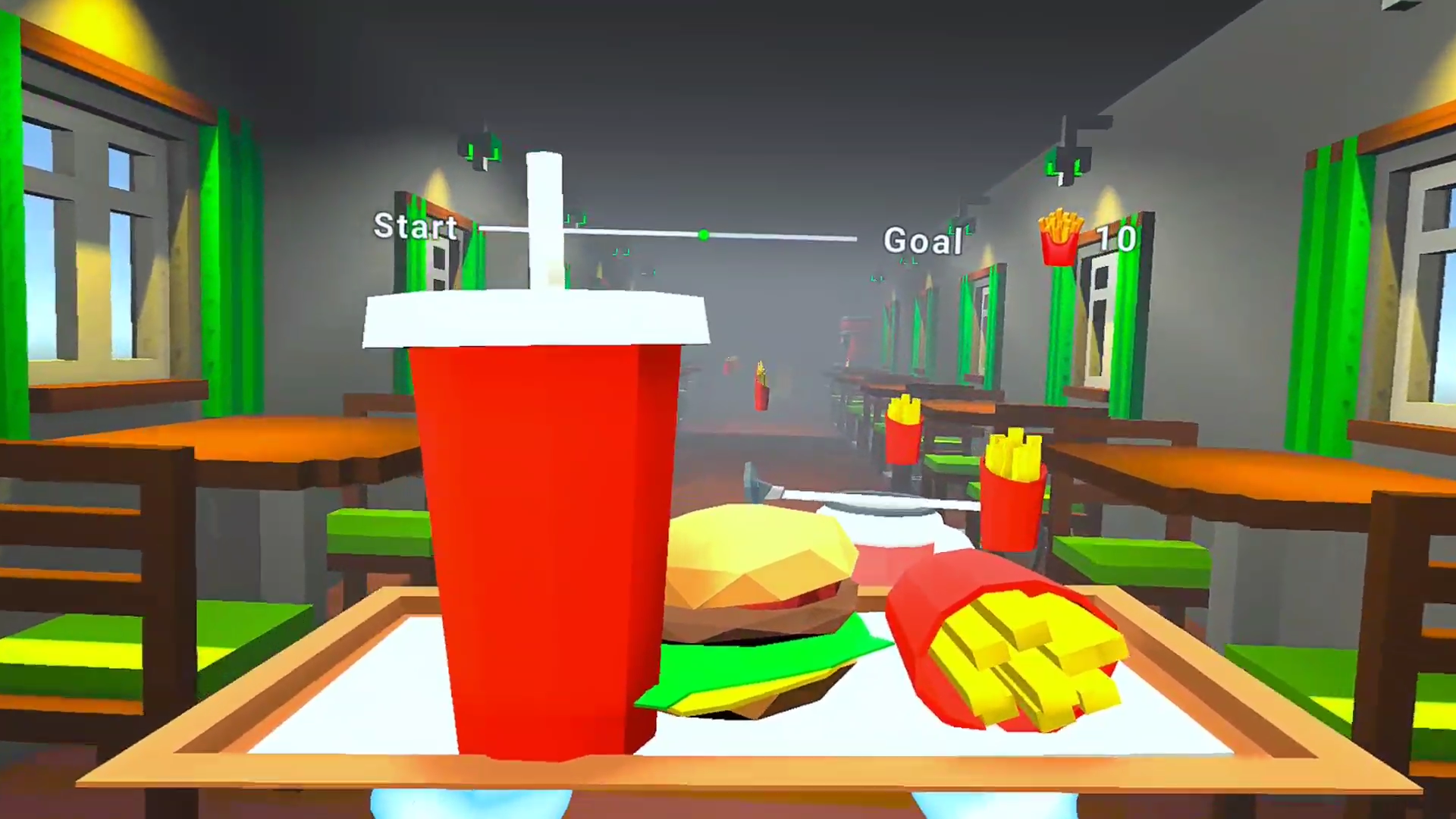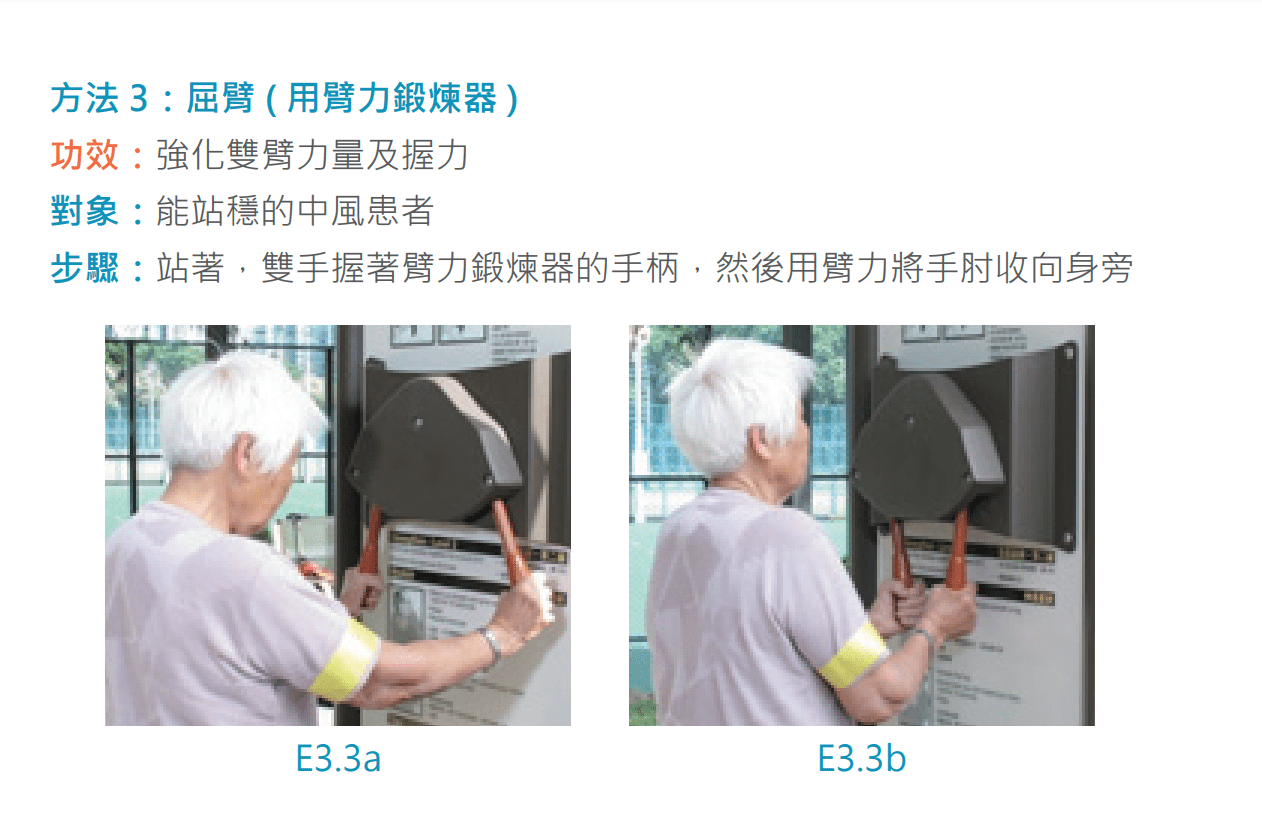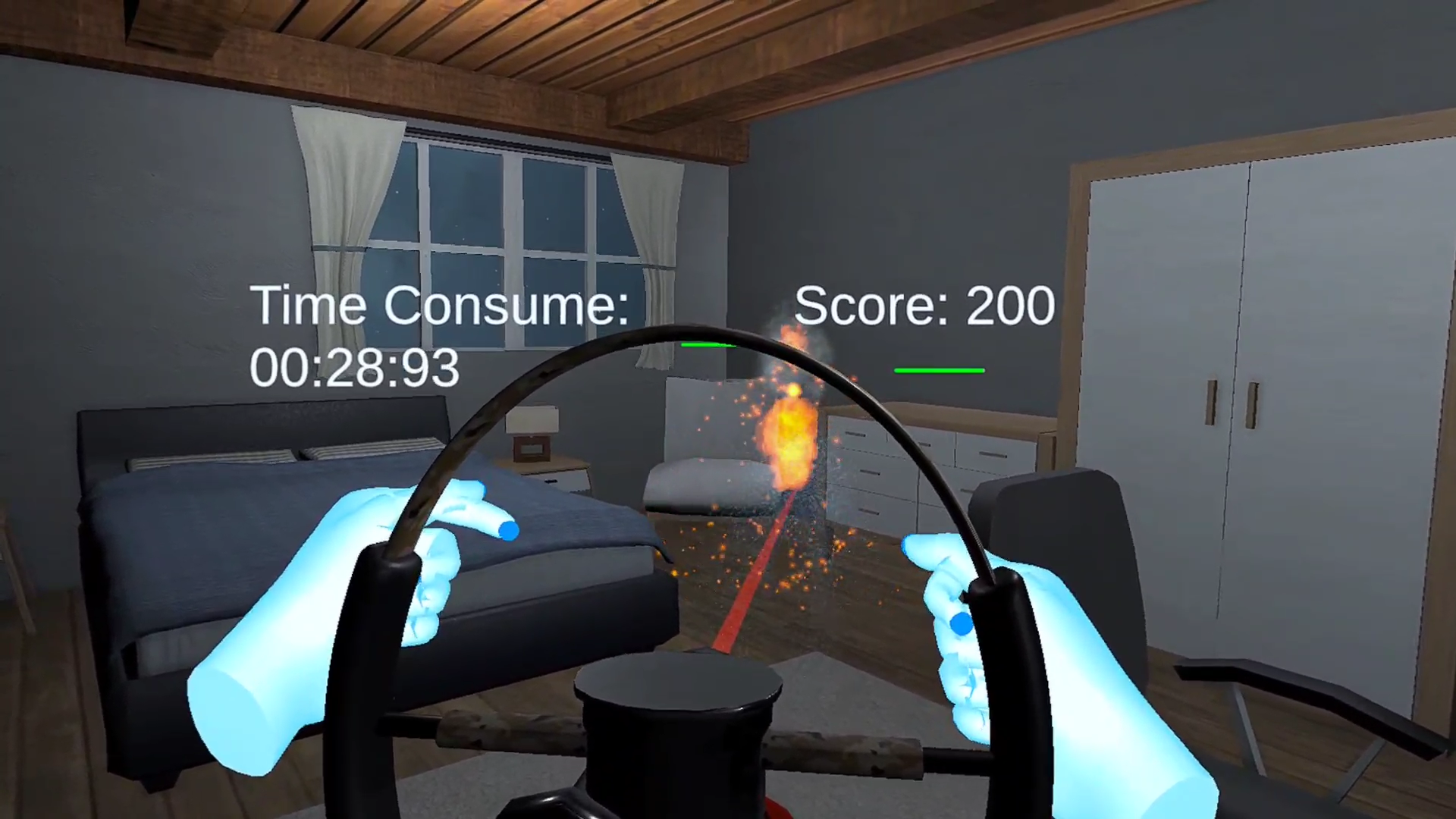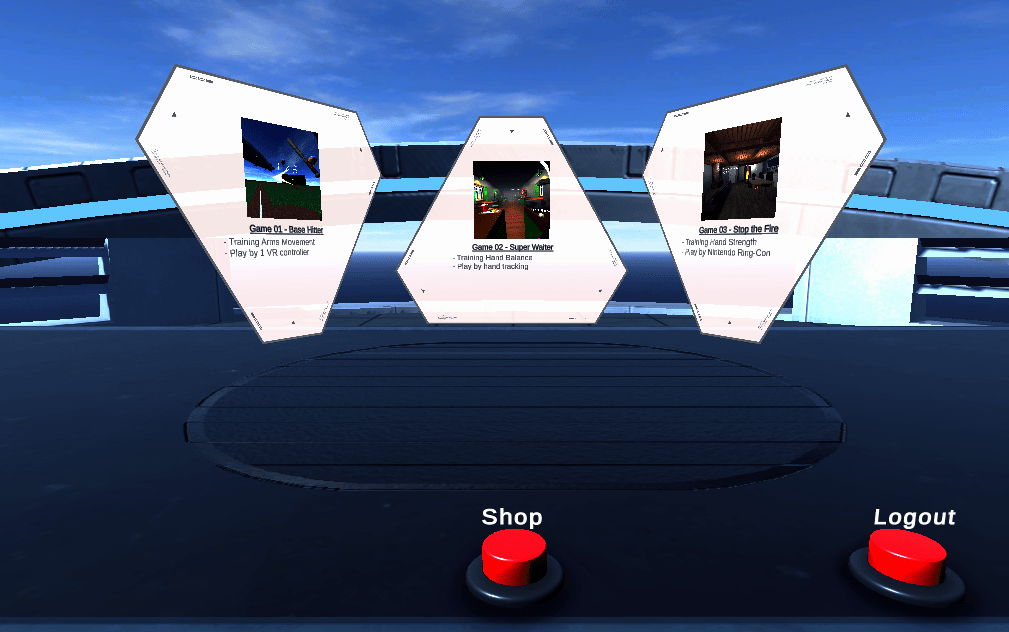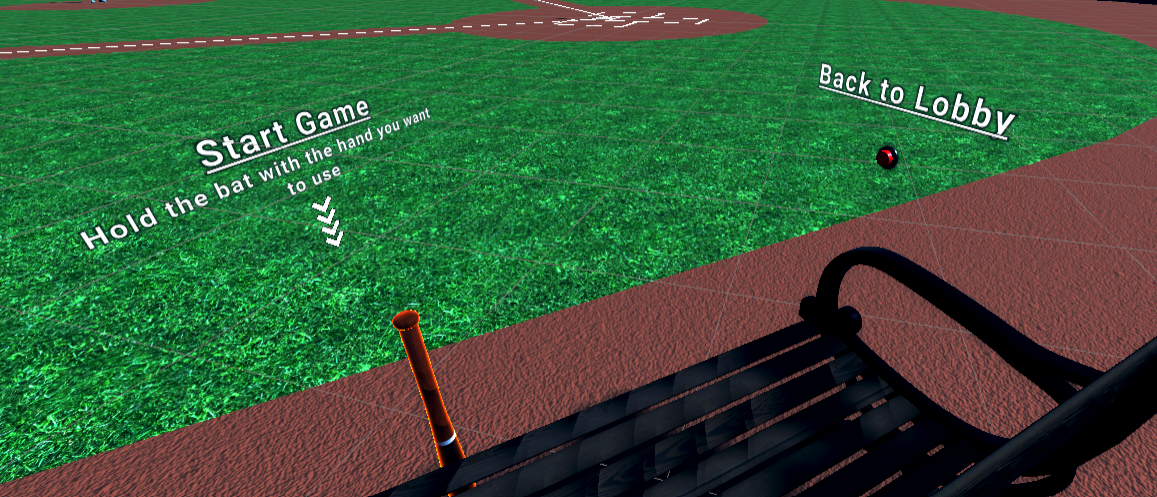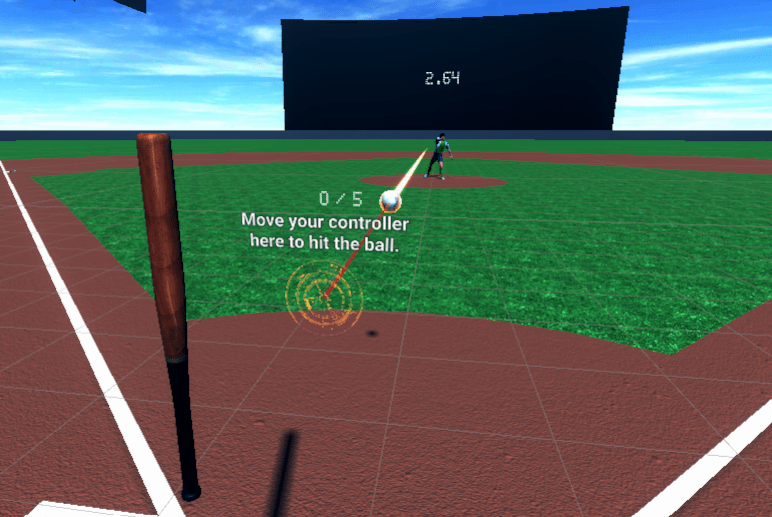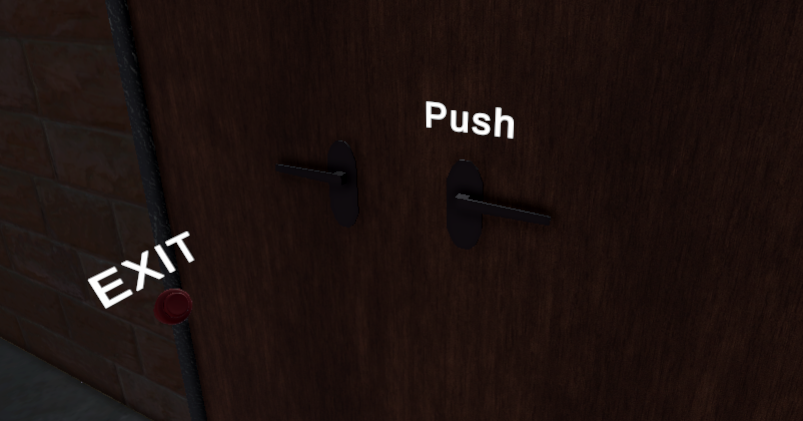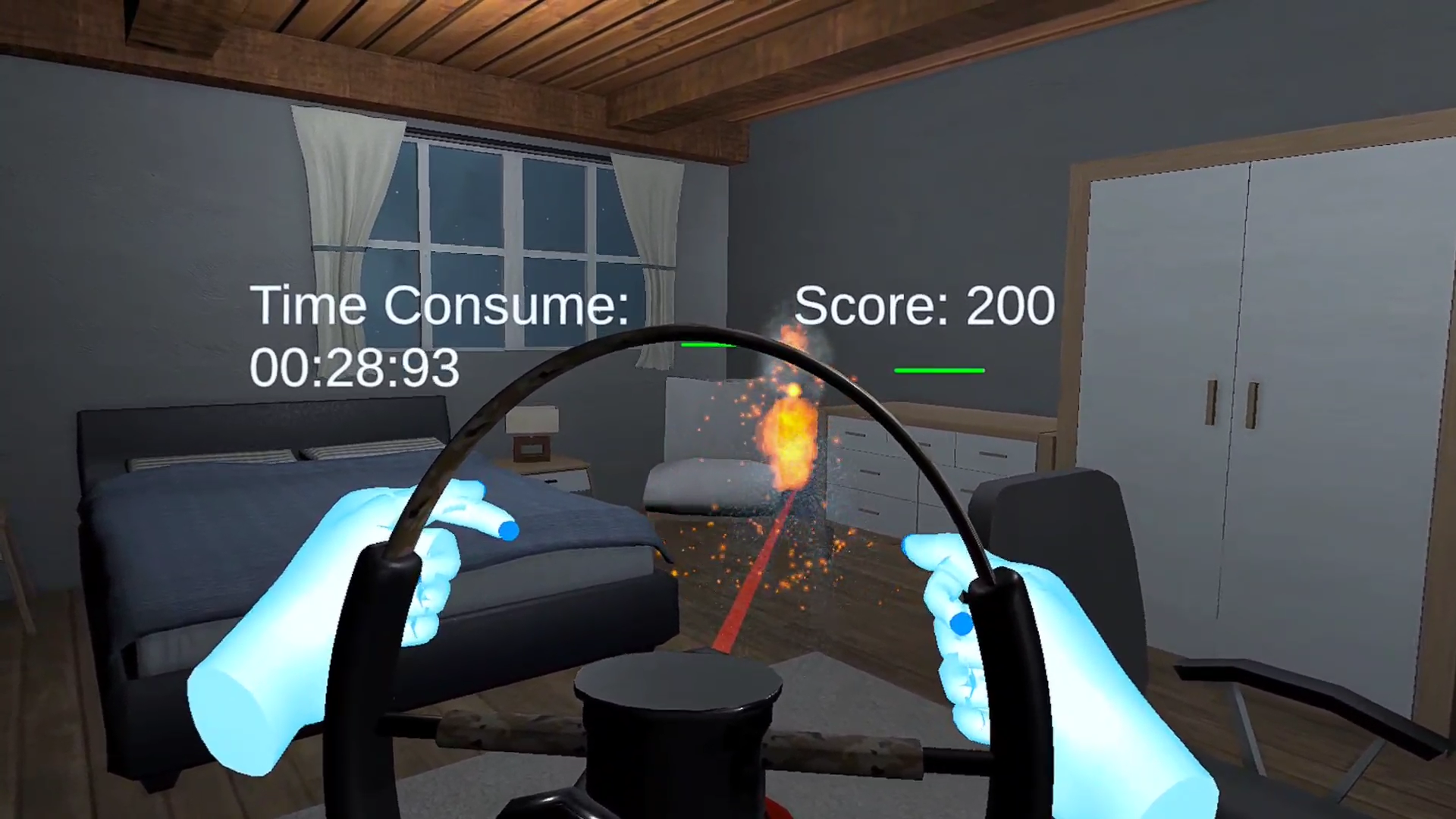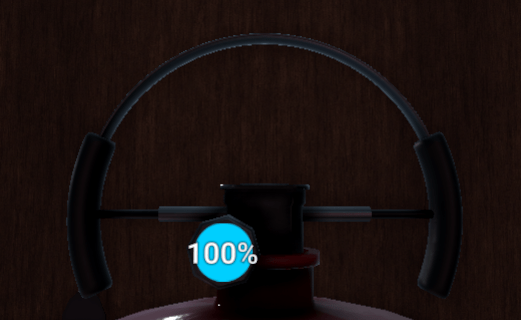Significance of Results
Extent of Satisfying Requirements
For the game “Base Hitter”, according to the questionnaire from our physiotherapist's colleagues, we have received generally positive feedback for satisfying the requirements, with an average score of 6.5. But there is some other feedback our team should be concerned about. In the UI aspect, we have commented that the hot air balloons in the background are significantly appealing while batting the ball, whereas stroke patients may not be able to distinguish between the hitting targets and the balloon and affect the outcome of the result. In the game control aspect, one of our physiotherapist's colleagues expressed in the questionnaire that it is difficult to target the ball for batting because of the inaccurate distance between the target and the controller. With the conversation and interaction with one of the stroke patients, we have found that in the game difficulty aspect, because of their physical limitation, she is not able to stretch the hand to the hitting targets, therefore, we must hold and direct her hand in order to reach the hitting targets.
For the game “Super Waiter”, according to the questionnaire from our physiotherapist's colleagues, we have received generally positive feedback for satisfying the requirements, with an average score of 6.5, very similar to the first game. but there are also some other feedbacks our team should also be concerned about. In the game control aspect, we have been told that the game camera is especially unstable in comparison with other games, that the patient may easily get dizzy during and after playing the game, especially for the elderlies or people who cannot withstand the instability. In the game content aspect, one of our physiotherapist's colleagues has expressed in the questionnaire that the game pace is too quick for post-stroke patients, as the response of the post-stroke patients is not as quick as normal people. From our observation of another stroke patient, we have found that from the difficulty aspect, she is unfamiliar with the strategy of controlling the game, and this leads to a low score. This has shown that the difficulty adjustment is above the level of the stroke patients from the start, and becomes too difficult for them to play.
For the game “Stop the fire”, we have received generally negative feedback for satisfying the requirements. As there is not enough time for review from our physiotherapist's colleagues, there is no questionnaire feedback provided. But according to our interaction with one of the stroke patients, in the game control aspect, he is unable to stress the Ring-Con to the depth where the system detects the control from the Ring-Con. Moreover, if the stroke patient cannot use his both hands, the rehabilitation test cannot be conducted. In the game design aspect, we have found that the spawn angle for the fire is too broad, as the stroke patient is not able to turn his hand towards the fire target.
Strengths and Weaknesses of Solution
For the effectiveness of the hand extension training from the game “Base Hitter”, by the response of the questionnaire feedback, the colleagues from our physiotherapist generally agree that this game has improved hand extension performance of the stroke patient, and the stroke patient we have tested for do feel tense and tiredness when she stress out her arm after the rehabilitation game is played. This is a good sign, as the game has enhanced the activities of the patient's have strength, providing evidence of the game design effectiveness.
For the effectiveness of the hand balance training from the game “Super Waiter”, by the response of the questionnaire feedback, our physiotherapist's colleagues also generally agree that this game does improve stroke patient's hand balance. Our stroke patient who has been tested for does feel tired after holding her arm at a position after the rehabilitation game is played. This has also shown the hand balancing activities of the patient, providing evidence of the game design effectiveness.
For the effectiveness of the hand strength training from the game “Stop the fire”, by the reaction from our stroke patient, he does feel tired while stressing his both arms after playing the rehabilitation game. Therefore, although the design of the system is not as good as we were expecting, the game does enhance stroke patients hand strength, providing evidence to the effectiveness of the game design.
Other Findings
Besides the findings related to the requirements, there are more findings that would affect the rehabilitation experience:
There are existing technological errors. As the game “Stop the fire” requires the highest technological skills, It does contain technological slips. For example, the sensor of the Ring-Con controller is too narrow, therefore while the stroke patient is not able to extend his/her hand, the system is unable to detect the Ring-Con controller, and the stroke patient is not able to complete the game.
Moreover, Oculus Quest 2 Headset is commented to be too heavy for the player to hold on and play the rehabilitation games, where they may easily get tired after playing the rehabilitation games.






